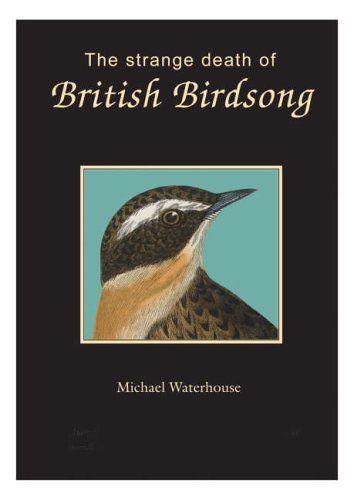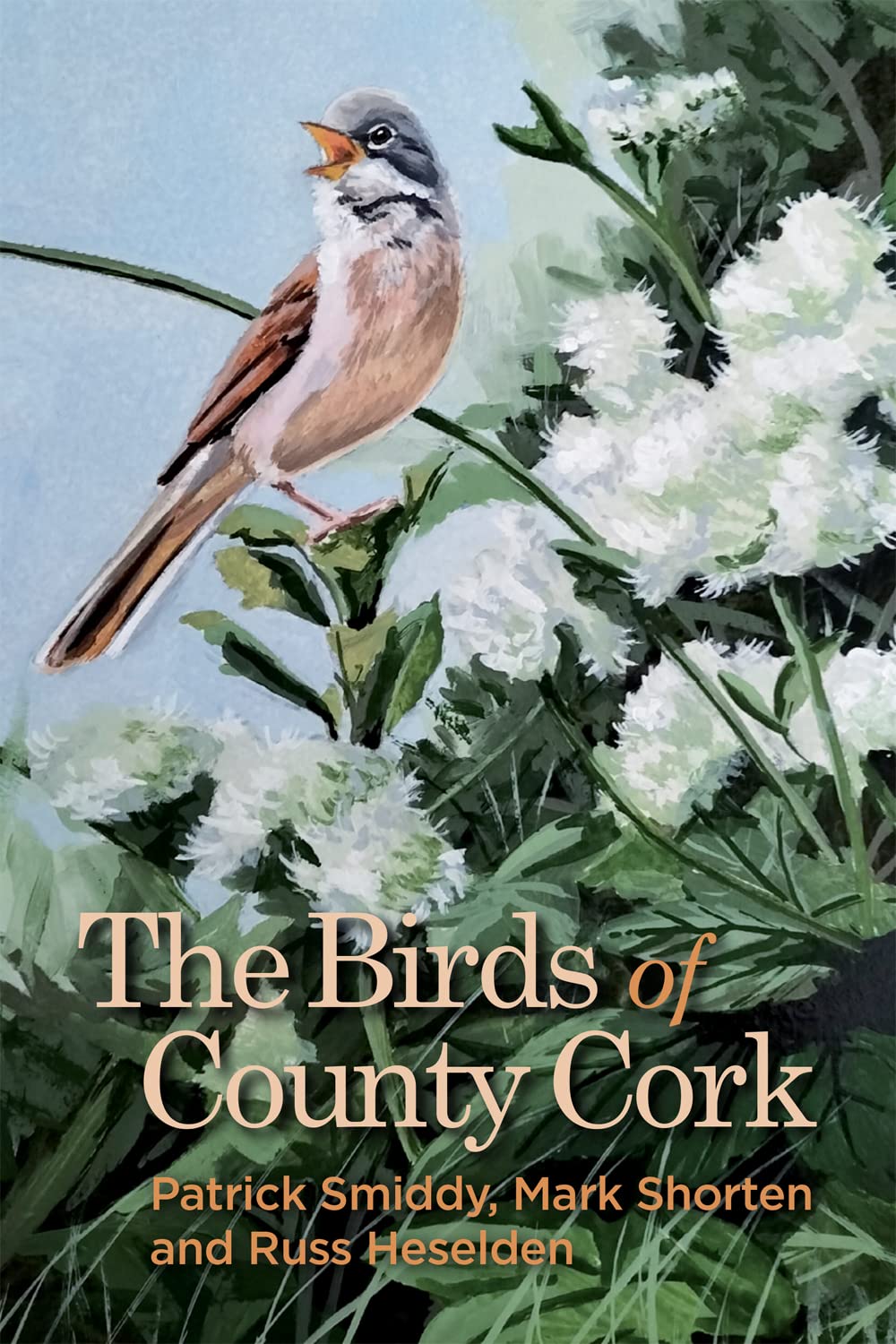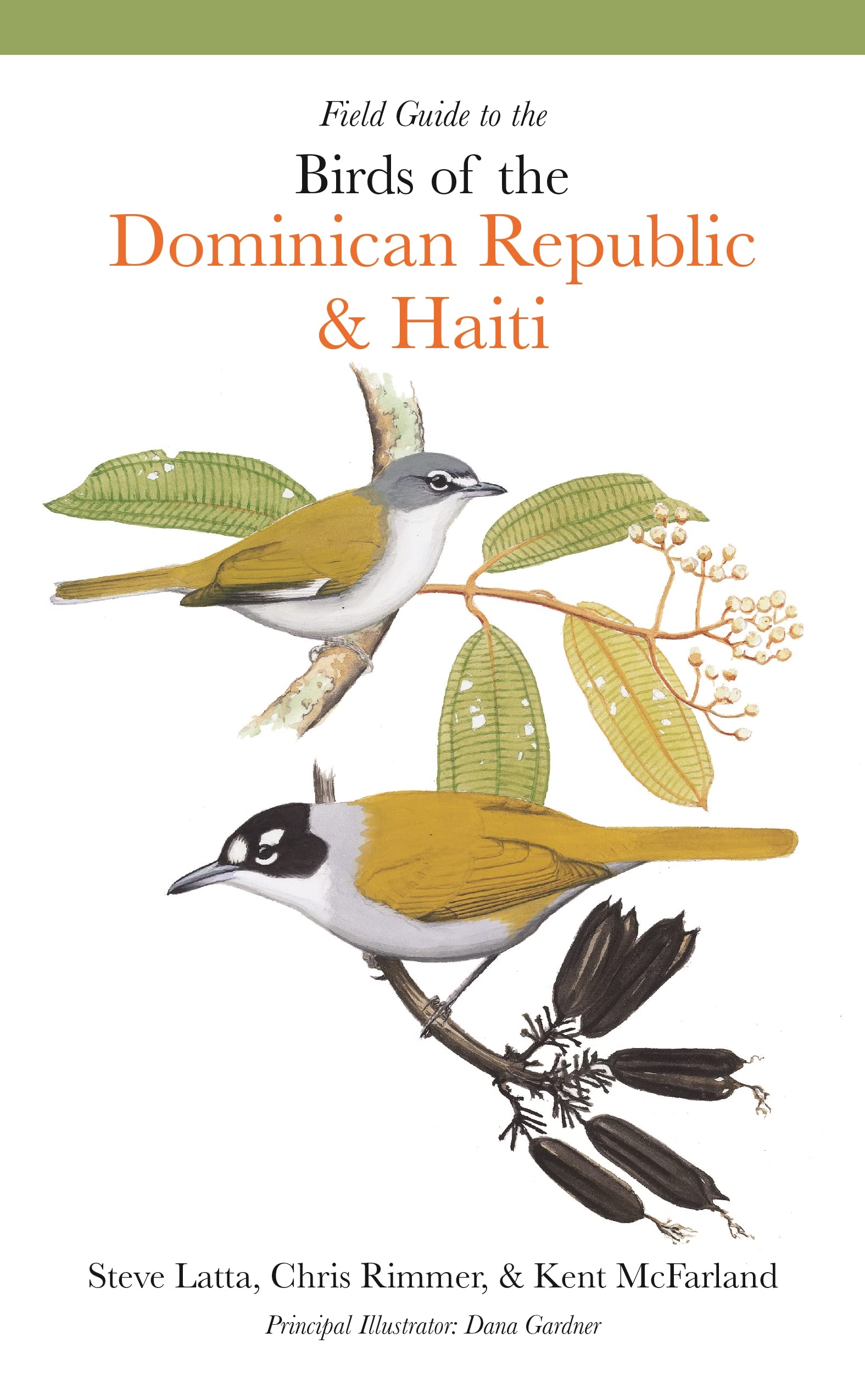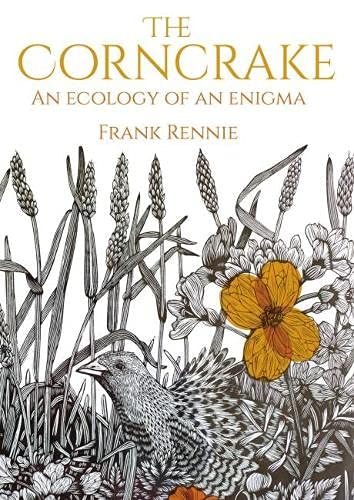
Free birdwatching magazine and guide to finding birds
Book reviews, forthcoming titles and old favourites
As all birders know, you can't have too many !

Slide title
Write your caption hereButton
The Birds of Wales (Adar Cymru) Hardcover – 7 Jan. 2021 ISBN-13 : 978-1800859722
What the Bird organisations say
Our Verdict *****
Well as you would expect with a massive work of this quality and 608 pages, the book weighs in at 2.8kg. I first became aware of Anglesey artist Philip Snow on a birding trip to the Isle of Arran many years ago where I was fortunate enough to obtain a copy of 'the Birds of Arran' which he illustrated for author John Rhead. His artwork appears in many publications including the recent Anglesey Naturewatch with foreword by well known Springwatch presenter Iolo Williams and here we are treat to the beautiful cover depicting one of my favourite birds the Manx shearwater. There is also a frontispiece painted by Philip (far right picture).
This book is the work of passion -the result of many thousands of hours study in the field by an army of volunteers. The Welsh Ornithological Society have spent two years preparing this masterpiece and although regional avifauna's are nothing new, each time we see a new one produced, the standard seems to get better and better. This, like many in recent times is helped immensely by the plethora of superb photographic contributions and reflects the advances and affordability of digital bird photography.
'The Birds of Wales traces the earliest evidence, such as Barnacle Geese that bred in Pembrokeshire before the last Ice Age and the footprints of Common Crane preserved in Severn Estuary mud around 7,000 years ago. The authors have also explored the historic record in English, Welsh and Latin. Gerald of Wales documented what is probably the earliest bird identification dispute in 1188, an argument about whether a bird heard near Caernarfon was an oriole or a woodpecker'. Knowledge of many species has improved in recent decades thanks to monitoring by volunteers, and information from all the major recording schemes has been used by authors, many of whom are acknowledged experts on the species. The book tells the stories of all the birds recorded here, whether common or rare, and looks forward, anticipating what may occur in the coming decades. It describes, for the first time, the history of bird recording and conservation in Wales and the environmental context that has resulted in big changes for our birds. It also charts the patterns of visiting migrants to the bird observatories on Skokholm and Bardsey, and the efforts of generations of ringers that have revealed much about bird movements and life-cycles'.
The Birds of Wales (Adar Cymru) is a must for all keen ornithologists and rightly deserves a place on all birder's bookshelves. Available here
David Thompson
An old favourite

Slide title
Write your caption hereButton
The Strange Death of British Birdsong Hardcover – 19 Aug. 2004 ISBN-13 : 978-1843061267
Mr. Terence A. Phelps (Amazon Review)
5.0 out of 5 stars Telling it like it is.
Reviewed in the United Kingdom on 11 February 2010
Despite what another reviewer has written (a farmer, perhaps?) this is a very good book indeed, charting the catastrophic decline in many British bird species over the past fifty years. And it simply isn't true to say, either, that this is a book that one might have bought in 1956 (I was sixteen then, and a keen amateur birder) since the rot really set in in the early 1960s, and was announced by Rachel Carson's apocalyptic book `Silent Spring'. And although the information may indeed be available on the Internet to those diligent enough to search for it, the value of this book is that it collates that information for those of us who don't have the time to do so. Beautifully illustrated too: bravo, Mr Waterhouse! Can we now have a similar book charting the decline of other British flora and fauna over the same period (hares down 50%, water voles by 95%, and when I was a nipper sand lizards were a common enough sight too). Buy it, and grieve.
Our Verdict *****
'The Government judges the health of the countryside by our bird populations' ?. Reading this book again, eighteen years later, I could only shed doubt on this statement appertaining to the current government. A government that would appear to put private landowners profits above any biodiversity considerations. Since 2004 the British countryside has been systematically raped and destroyed by chemicals and ravaged by endless house building under the false guise of 'a housing crisis;. Many landowners are themselves shareholders in house developers and the simple fact remains that the UK population appears obsessed with property. Many small villages have multiple second homes leading to bland housing estates randomly placed on greenfield sites on their outskirts for 'local people'. The trick is simple, remove all wildlife and there can be no objections to development on the grounds of biodiversity concerns as there is simply nothing left to 'protect'.
When was the last time your car windscreen was covered in insects ? The direct result of spraying pesticides. Where are the Skylarks, corn buntings' and grey partridge ? hedgehogs ?
The excellent foreword written by Rob Hume in 2004 should of been a warning of impending catastrophic decline and degradation of the Countryside, but instead the situation now looks grimmer than ever ! What has struck me as a birder, is that most of our birdlife in the UK is now confined to reserves and other 'protected areas', and even these are subjected to constant threats from development. If we can do anything to reverse this ecological disaster then joining a conservation body such as the RSPB will help fund and protect what is left. People need to realise that the 'green and pleasant land' has virtually nothing left in it !
There are over 600 million fewer birds in Europe than there were 40 years ago
The cause of these declines has been attributed to the destruction of the birds' habitats by humanity. More intensive farming and the loss of breeding grounds have left many species struggling, leading to a decline of around 623 million animals. since 1980 across the continent of Europe. Further here
The Strange death of British Birdsong is well reviewed by Mr Phelps (above) 'Telling it like it is', I for one remember corn buntings, reed bunting, tree sparrow on farmland winter stubble fields, yellow wagtail, spotted flycatcher , cuckoo in the spring and summer countryside. For anyone wanting to familiarise themselves with this ongoing disaster I recommend this book and it won't break the bank . The last time I looked it was available as a recycled book on Amazon from just 71p here
MiE Fielding November 2020
The Birds of County Cork Hardcover – 1 Jun. 2022
This book is a history of the birds of County Cork from the earliest times to the present. It covers all aspects of the ecology of all species (427 to end of 2018) known to have occurred in the county, especially concentrating on population change, distribution, and migration. There has been no tradition in Ireland for the publication of county avifaunas, as there has been in the UK for over 200 years, and while this is not the first such book for Ireland, it treats each species in a depth that has not been done before. This sets in apart as unique in an Irish context. We believe this book is timely in the sense that bird populations are undergoing change at a rate never experienced previously. On the one hand we are seeing major conservation efforts at restoring 'lost' species, such as the two eagle species and the Red Kite, while at the same time we are seeing unprecedented declines in many bird populations due largely to climate warming, but also the arrival of new breeding species for the same reason. The book is laid out in six chapters which accounts for 13%; the rest being made up of a Systematic List of the 427 species. The chapters include a history of ornithology in Cork and an account of the ornithologists of the past. There are also several appendices which contain important data, including a list (with grid references) of place names which will enable the reader to locate any place mentioned in the text. There are also maps which will show geology and land use, in addition to showing the main sites in the county, coastal and inland. It will be illustrated by graphs, tables, photographs (by Richard Mills) and drawings (by Russ Heselden). We believe this book will be a useful reference for students of ornithology, conservation agencies, planners, environmental consultants, farmers, industrialists, and the growing band of citizen scientists at a time of considerable change. Ordering details here
Field Guide to the Birds of the Dominican Republic and Haiti
The classic guide to the birds of the Dominican Republic and Haiti―now fully revised and updated. (
10 May 2022)
Field Guide to the Birds of the Dominican Republic and Haiti is the essential guide to birdwatching in these tropical countries. This completely revised and updated edition provides thorough accounts for more than 300 species, including details on new and endemic species.
Now conveniently organized by facing pages, the book features a wealth of images that includes 150 new illustrations by renowned artist Dana Gardner and range maps based on the most current data. Species descriptions present facts about key field marks, similar species, voice, habitats, geographic distribution, status, range, and local names used in the Dominican Republic and Haiti. The guide underscores the importance of promoting the conservation of migratory and resident birds, and building support for environmental measures.
- Fully up-to-date text and maps
- Superb images include 150 new illustrations
- Facing-page treatment features more than 300 species
The Corncrake: An Ecology of an Enigma
Paperback – 29 April 2022
Changes in farmland management throughout the twentieth century, including agricultural intensification and increasing mechanisation, have resulted in the loss of habitat for many species. The Corncrake is one such species that has faced multiple challenges to its survival. Although it was once a common bird throughout northern Europe, the breeding areas of Corncrakes have been steadily reduced to a fraction of what they once were, and in many areas their continuation as a regularly breeding bird is in serious doubt. In addition, the behaviour of the Corncrake, nesting under the cover of tall grass and undertaking annual long-distance migrations, means that for most of the last hundred years, its detailed ecology has remained mysterious and little understood. Although there have been millions of words written about the Corncrake in scientific papers, until now there has been no full-length book that attempts to capture all the aspects of its ecology, and to present this information to non-specialists. As a result, until very recently, many important facts about its lifestyle and behaviour have not been widely known, even among ornithologists. Although scarcely seen in its natural habitat, the Corncrake is well-known in many rural areas due to its characteristic (and persistent) night-time calling, but new discoveries with the aid of acoustic science have proved surprising, and may offer new ways of improving the location, identification, and management options to protect and enable the population of this iconic species to recover, even to thrive in our countryside. A new appreciation of the requirements of this species and the ways in which our sensitive management of the whole landscape, both in its potential breeding areas across Europe and Asia and in the seasonal quarters in regions of Africa, offer new hope for the future of this fascinating bird.
Please note that we receive many hundreds of e-mails weekly. We will try our best to respond to your enquiry as efficiently and quickly as possible. If your enquiry relates to reserve and birding site access, please contact the relevant organisation. Sick, injured or young birds to RSPCA.
Enquiries about the sale of used birding equipment or ornithology books should be sent to the contact below.
Thank you
Join our mailing list
Contact Us
We will get back to you as soon as possible
Please try again later









